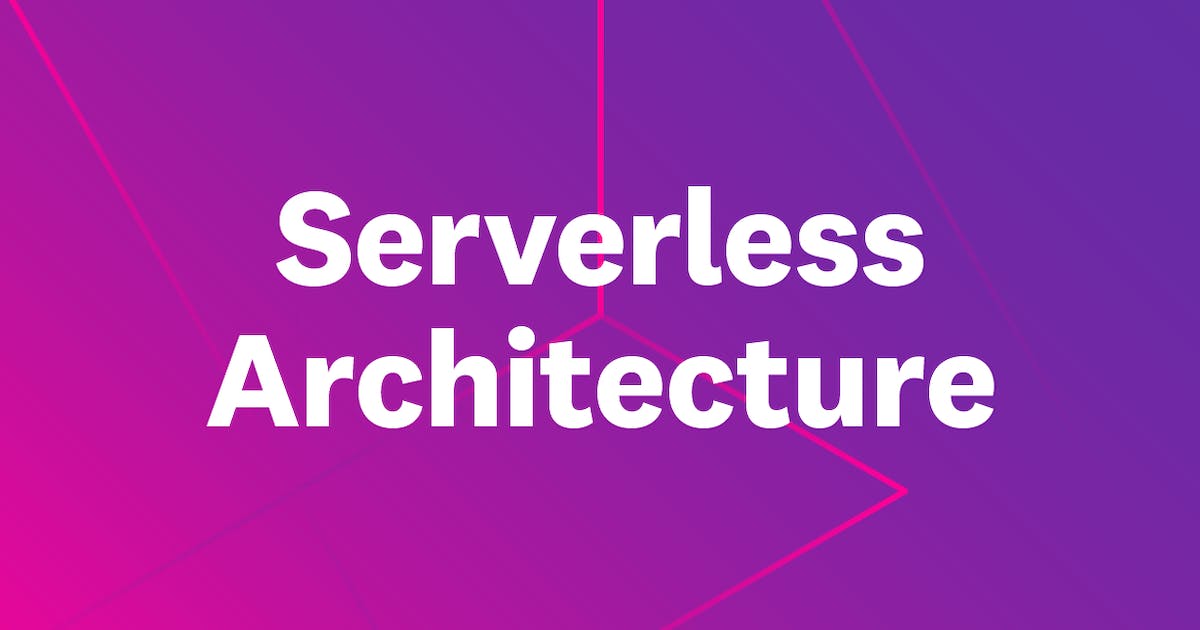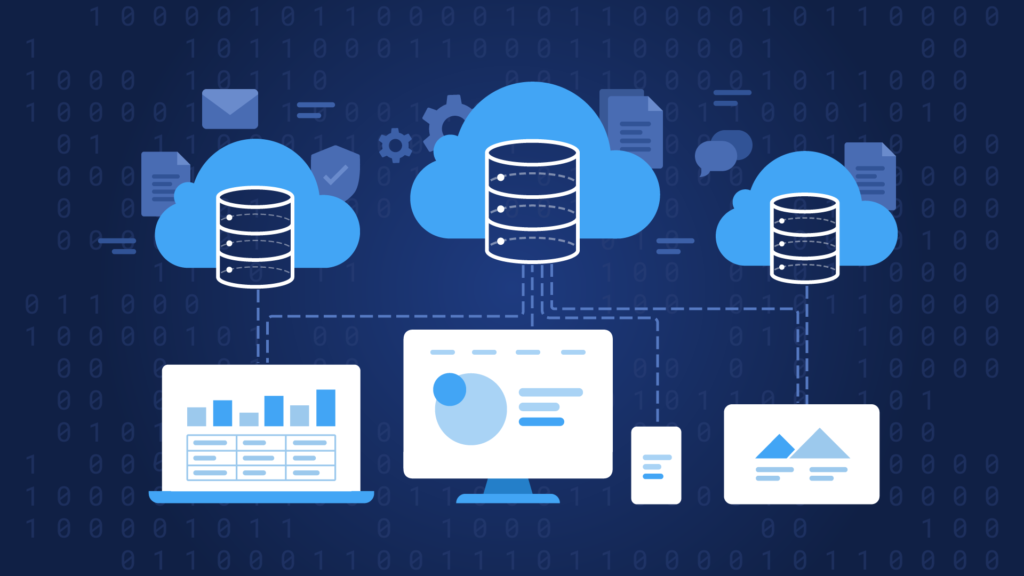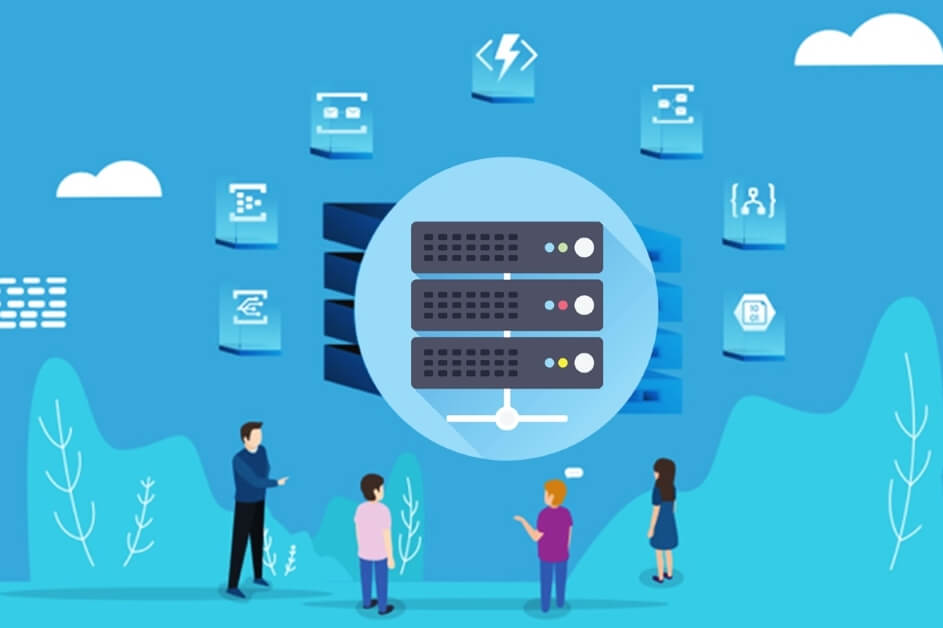
An Introduction To Serverless Architecture And Its Use Cases
By Udit Agarwal

Serverless architecture is an approach that is helps build applications without keeping the fact consideration of servers and infrastructure. Cloud providers like Alibaba Cloud manage all server management for available applications and services. You need not worry about providing, maintaining, or scaling your applications in a serverless architecture.
In case you are migrating to the cloud and will be free from physical hardware management, primarily, you need to manage a lot of things. Serverless architecture can be helpful for your organization in various ways, like letting your development team focus on the core product instead of infrastructure and server maintenance.
Here are the Five Most Common Serverless architecture and their Use Cases:
1. Media Processing
Serverless architecture grants permission to the users to build multimedia services with enhanced performance. One can actively make utilization transcode video for different devices or resize the images. Permission has also been granted to the users to upload files and can execute the desired process in response to that upload.
You can implement image processing in a serverless architecture. If your application takes images as input for document verification, search by image, or payment methods, you can implement image recognition.

2. Event-Driven Applications
Event-driven applications improve agility and enable quick response times. Event modifications or updates in the current state trigger various services. Serverless architecture runs the application in response to an event trigger. This event trigger can be an HTTP trigger, Object Storage Service (OSS) event, RDS trigger, MNS trigger, Table store trigger, or time trigger.
To notify the user via email when a file is uploaded, you can use Alibaba Cloud Function Compute (FC) triggered by an OSS event (file upload) to send the email through direct mail or message through MNS.
3. Building APIs
Serverless architecture simplifies the creation of REST APIs. The basic necessity is a web framework, code to pull data from the backend, and a library to render the returning data. Alibaba API Gateway allows developers to focus on code development.
4. Chatbots
Chatbots are another example of serverless use cases. You can use chatbots to respond to user queries, such as order status and common FAQs. Serverless architecture operates on pay-as-you-go pricing, where you only pay for the resources you use. Chatbots can help increase customer engagement with value-driven instant support. You can automate tasks in the chatbot by converting it to a serverless architecture. For instance, if a customer is looking for his account status, the chatbot can reflect the same and message or email the customer if essential.

5. Webhooks
To enable the system to interact with external SaaS services, implement a webhook HTTP endpoint for achieving notifications and performance tasks. Webhooks, built on serverless architecture, offer low overhead and automatic scaling and require minimal maintenance.
Conclusion
Serverless architecture is an innovative approach to building software applications that allow developers to focus on writing code without worrying about the underlying infrastructure. With serverless architecture, the cloud provider manag